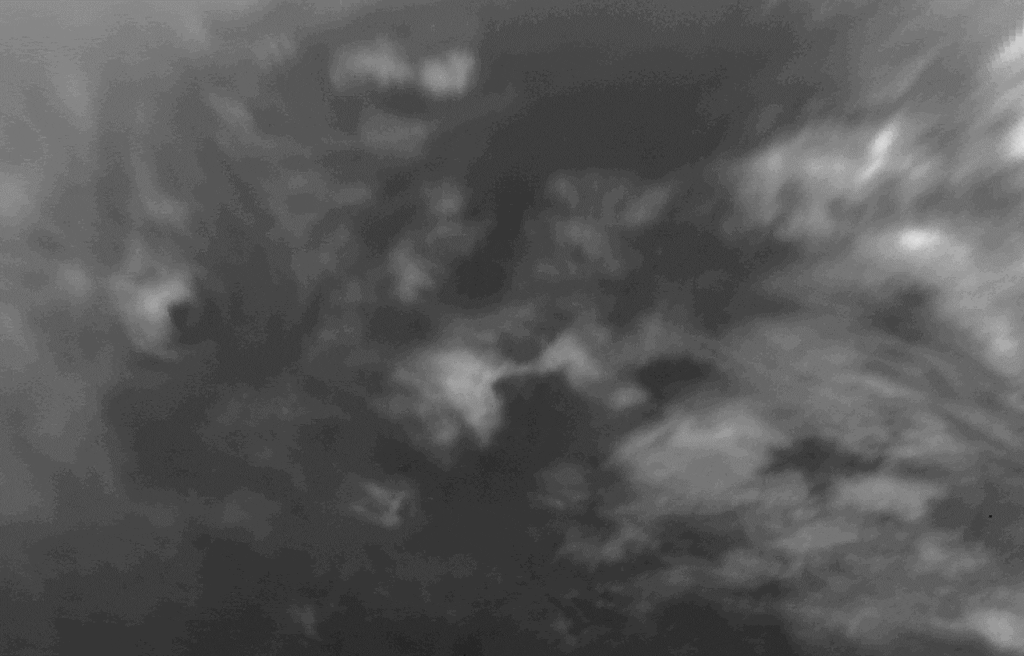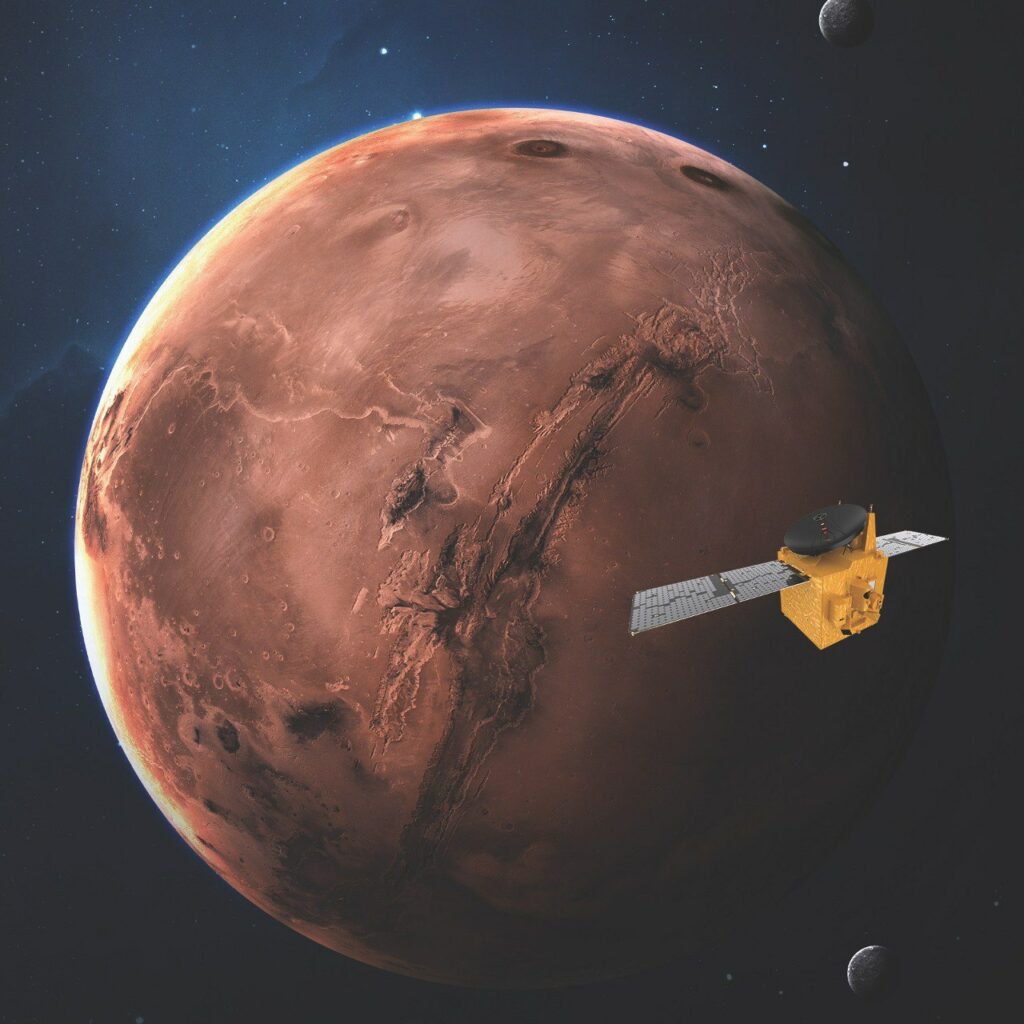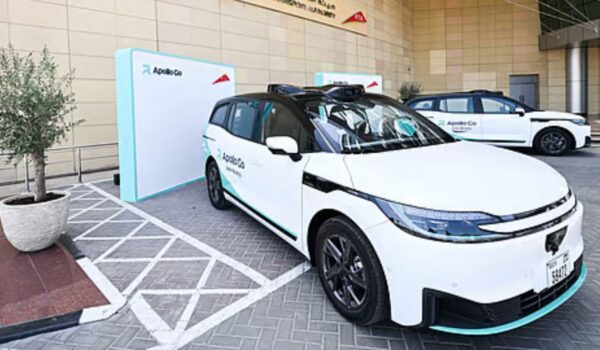The Emirates Mars Mission “Hope Probe” captured new observations about Mars atmosphere in its third batch of scientific data collected by the probe’s instruments during its mission in Mars’ orbit, between 1 September and 30 November 2021. Coverage and quick look images from all the Hope Probe’s instruments can be accessed on the Emirates Mars Mission’s website.

The data from the third batch included more than 57 gigabytes of information, images, and data about the Red Planet’s atmosphere, which were captured by the probe’s scientific instruments, making the total data released by the Hope Probe equivalent to 827.7 gigabytes. Within the data, a special high cadence imagery observation took place using the Emirates Exploration Imager (EXI) camera. The observation was designed to attempt to capture motion and evolution in the atmosphere, where it observed high-density clouds on 22 November 2021.
During the period in which the third batch of data was collected, the Mars Solar Conjunction phase took place, which paused communication, science observations and data collection. This was due to the blocked line-of-sight communication between Earth and missions around Mars, with Earth and Mars being on the opposite sides of the Sun. During this phase, which happens almost every two years, the Sun emits hot, ionised gas, which interfered with radio signals when communicating with the Hope Probe. As soon as the phase was over, Mars’ orbital motion around the Sun allowed the Hope Probe to regain its communication.

The third batch of information and data was shared with the scientific community and astronomy enthusiasts from around the world via the data centre on the project’s website. The Emirates Mars Mission releases data every three months after the data captured by probe’s instruments is catalogued and analysed by the project’s science team. The first and second batches of data received considerable interest by scientists, researchers, experts, and astronomy enthusiasts from around the world, who have downloaded around 1.4 terabytes of this data.
Eng. Omran Sharaf, Project Director of Emirates Mars Mission, said: “Publishing the data and images captured by the Hope Probe and sharing it with the global scientific community reflects the UAE’s commitment to supporting scientific progress in the field of space and related sciences. Sharing this data about the Red Planet’s atmosphere and climate with scientists, engineers, researchers, students, and other beneficiaries will contribute to supporting scientific research and studies that seek to find out more about Mars and its climate’s shifts and interactions.”
Sharaf added, “The Probe is continuing its planned mission to orbit around Mars perfectly. The efficiency and high quality of the Probe, manufactured by esteemed Emirati skills and international expertise, is the culmination of years of advances and progresses in manufacturing satellites, in accordance with world-class engineering and industrial standards. The Probe today is offering its remarkable scientific capabilities to the community of scientists and researchers studying the Red Planet, thereby consolidating the UAE’s prestigious position in the space field”.
Hessa Al Matroushi, Emirates Mars Mission Science Lead, said: “It is very exciting to check the most recent coverage of the Mars Hope Probe. Every data downlink we receive provides us with additional insights on Mars and its atmosphere. This supports the mission’s objectives of providing useful scientific data, as well as enhancing our national capabilities, and fostering global collaboration.”
The Hope Probe’s orbit, which is between 20,000 and 43,000 km with a 25-degree incline towards Mars, gives it the unique ability to complete one orbit around the planet every 55 hours, capturing comprehensive data every 9 days. The Probe has released the first images and data of its kind of the hidden auroras in Mars’ atmosphere during night, as well as unprecedented data about the behaviour of gases and chemical interactions in the planet’s atmosphere. The Probe also made other discoveries that have altered the previous conceptions about the distribution of ultraviolet light emitted by Mars’ upper atmosphere.
The Hope Probe is studying the current state of Mars’ atmosphere and weather and the reason for the escape of hydrogen and oxygen from its upper atmosphere. In addition, it is studying the relation between the higher and lower atmospheres of Mars and various other phenomena like dust storms, weather variations, and atmosphere dynamics. The Probe weighs around 1,350 KG, approximately the weight of a small SUV. It was designed and developed by engineers at Mohammed Bin Rashid Space Centre (MBRSC), in cooperation with academic partners including, the Laboratory for Atmospheric and Space Physics (LASP) at the University of Colorado Boulder, the University of Arizona, and the University of California, Berkeley.








